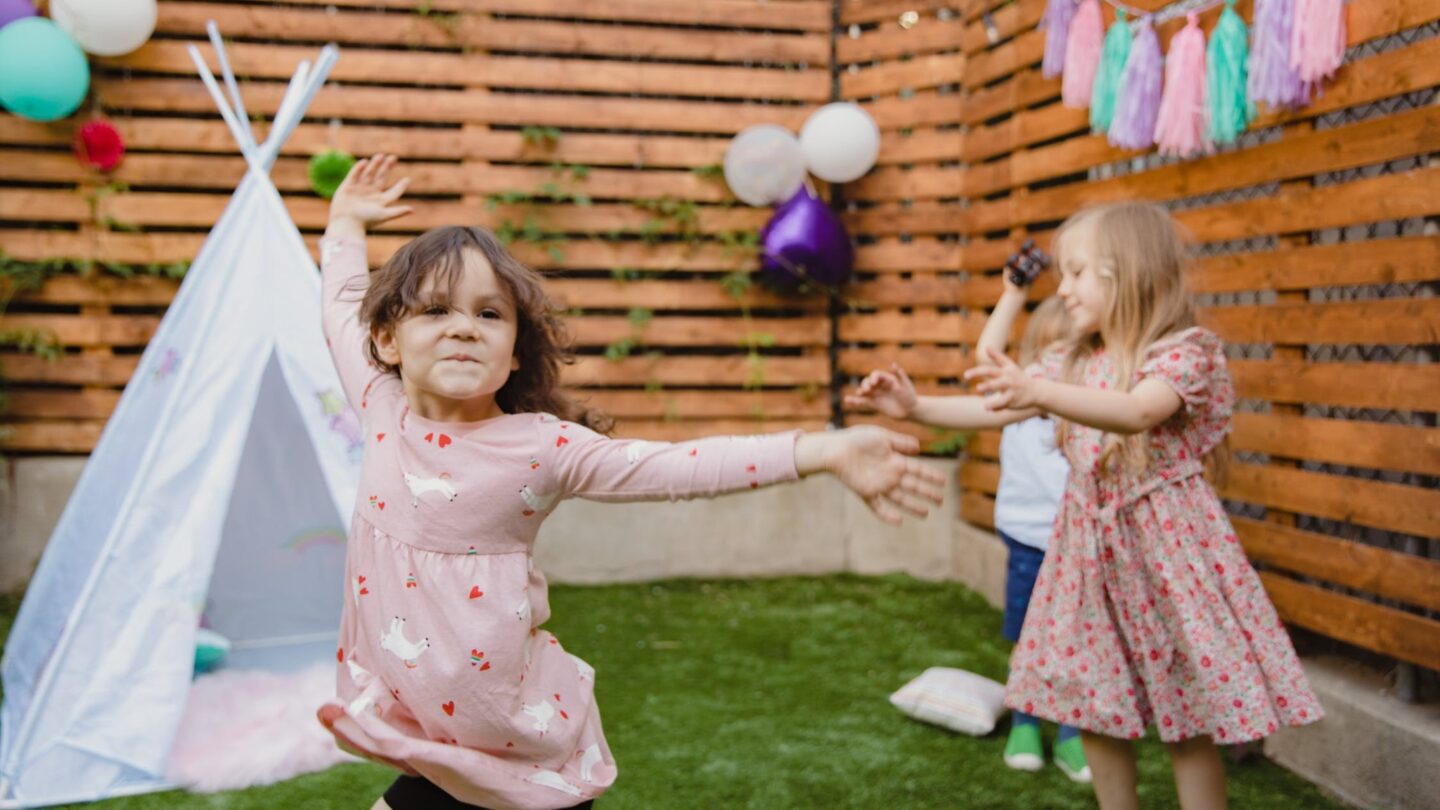When you have children on the autism spectrum, every aspect of your life is affected. Stability and routine are often the keys to keeping them safe and happy, as is prioritizing them by creating experiences together and letting them help with chores around the house. Moving to a new home poses a unique challenge. Every step of the process must take your children’s special needs into consideration – which is much easier if you follow these tips from the Family Caregiver Alliance of Rhode Island.
Research Homes
Children on the autism spectrum often need detailed information to thrive, so the first step is gathering data about homes in your target area. Search listings to compare prices and interview several realtors to find the one who understands your needs. Research the surrounding neighborhoods to ensure they have the schools, therapy, and medical services your children require. Also, if a house has more space than you need, remember that an apartment is an option, too.
When you are selecting a home, keep in mind the changes you may need to make for your kids. For example, if you have a child who tends to wander off, reaching out to the Security Garage Door, Gate, and Fence to install an entry gate that blocks the path to the street may be necessary. According to autism experts at the Autism Society, there are many modifications you can make to address the unique sensory needs of your children.
Prepare Your Child
Once you have your plans in place, discuss them with your children. Younger kids can adjust to the news with a few weeks’ notice, but teens may need to know months in advance, particularly if it is a long-distance move. Explain the timeline of the move, using visual schedules for clarity when appropriate. Give them time to ask questions and detail the specific tasks they will be responsible for throughout each phase of the process.
Maintain Order
Moving is often chaotic, but an uncertain environment isn’t likely to work well for children on the autism spectrum. One of the biggest challenges you may face is accommodating their needs while packing for the move. To minimize stress, keep your home as free of clutter as possible. Ideally, most of the packing can be done in one day to lessen the disruption. If this is not feasible, designate clear spaces for different locations where packed boxes will be out of the way.
Professional cleaners can help you maintain a clean, clutter-free home. Spills are more frequent during moves, and an experienced upholstery cleaner can salvage your furniture quickly so that your children don’t get overwhelmed by the mess. After comparing prices, reading reviews, and consulting former customers for specific feedback, you can meet with your top candidates to choose the cleaner you want. Avoid hiring cleaners who use all-in-one tools—you may not get the deep wash you need.
Clarify Moving Day Schedule
The Indiana Institute on Disability and Community notes that there are a lot of transitions on moving day, and they can be a challenge for children on the autism spectrum to navigate. Review the day’s schedule first thing in the morning so that it is fresh on their minds. If they have their own specific tasks to complete throughout the process, it will probably go more smoothly.
Once you arrive at your new home, give your children time to adjust. Introduce them to each new space, both inside and outside. If they still have the energy to do so, take a family walk around the neighborhood after the basic things in their room are set up.
Moving can be tumultuous under the best circumstances. If you have children on the autism spectrum, there are other factors you have to consider. By planning ahead and keeping your children informed, you can make the move as calm as possible for them.
The Family Caregiver Alliance of Rhode Island advocates for and provides resources to meet the needs of caregivers who are providing long-term in-home care for family and friends, including children and youth with special needs, adults with disabilities, and the elderly. Connect with us today to find out more! maryam.attarpour@unitedwayri.org
This article was written by specialhomeeducator.com
Check out their site for more great resources like this.

